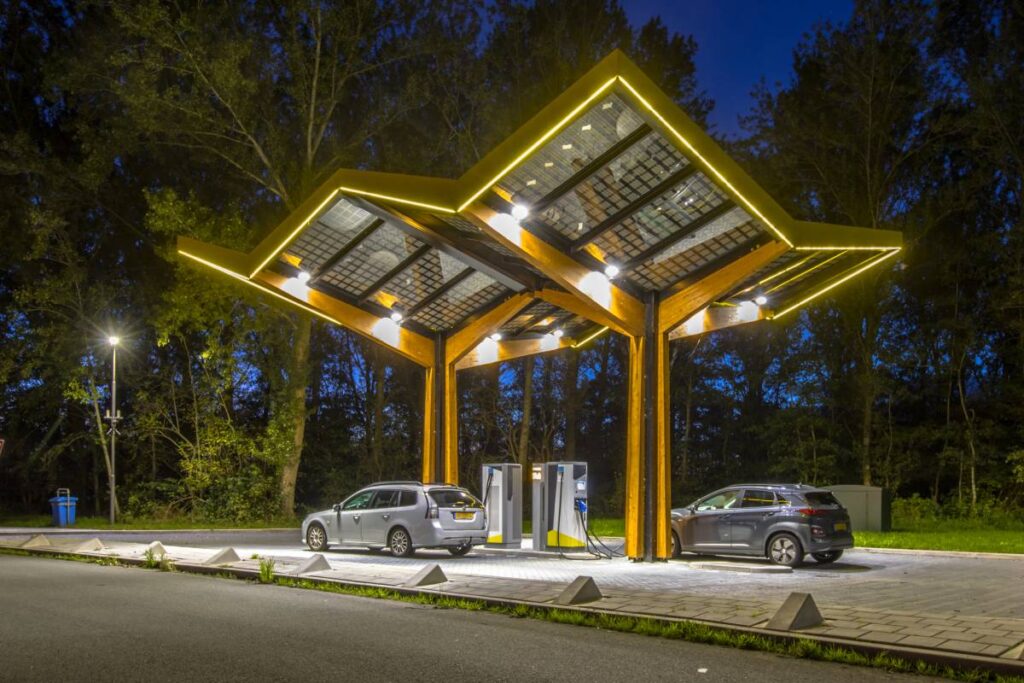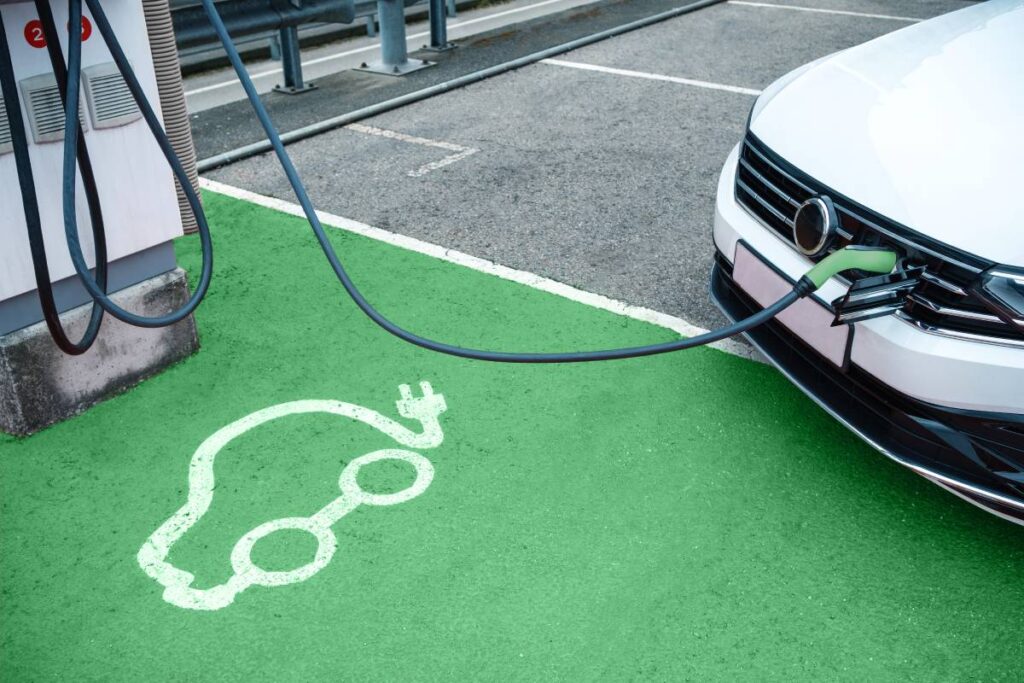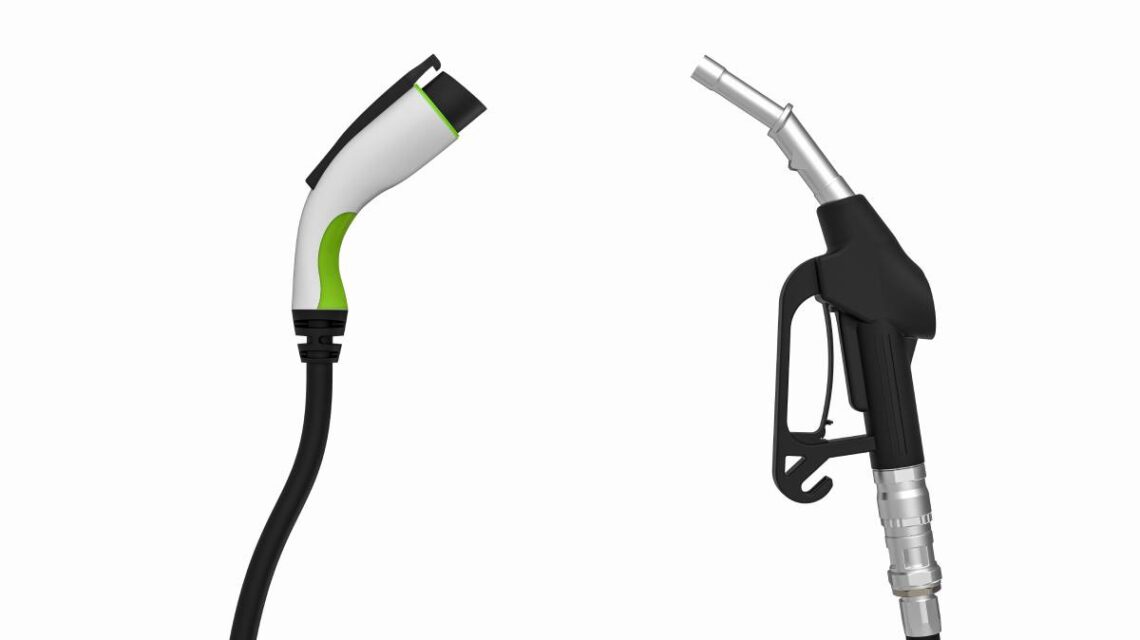In an era where electric vehicles (EVs) are revolutionizing transportation, understanding the nuances of electric vehicle charging is key to unlocking its full potential. This comprehensive guide navigates the landscape of EV charging, providing easy-to-follow insights into the types of chargers, the significance of charging speeds, and the connectors that power our electric future. Whether you’re a seasoned EV enthusiast or just embarking on your green journey, this guide simplifies the complexities, making electric vehicle charging an accessible and empowering aspect of sustainable living.

The Ultimate Guide to Electric Vehicle Charging?
As electric vehicles (EVs) gain popularity, understanding the ins and outs of electric vehicle charging becomes essential. Whether you’re a new EV owner or considering making the switch, this guide aims to break down the basics of electric vehicle charging in a simple and easy-to-understand manner.
Types of Electric Vehicle Chargers:
- Level 1 Charger:
- Basic home charging solution.
- Uses a standard household outlet.
- Suitable for overnight charging.
- Slow charging speed.
- Level 2 Charger:
- Faster than Level 1 chargers.
- Requires a dedicated charging station.
- Ideal for home and public charging.
- Commonly found in parking lots and shopping centers.
- DC Fast Charger:
- Rapid charging option.
- Suited for on-the-go charging.
- Commonly found along highways.
- Charges EVs quickly, typically within 30 minutes to an hour.
Understanding Charging Speeds:
- Charging speed is measured in kilowatts (kW).
- Level 1 chargers typically offer 2-5 kW.
- Level 2 chargers can range from 7-22 kW.
- DC Fast Chargers provide 50 kW to 350 kW.
Charging Connectors:
- SAE J1772:
- Common for Level 1 and Level 2 charging.
- Standard in North America.
- CHAdeMO :
- Used in DC Fast Chargers.
- Popular in Asian and European markets.
- CCS (Combo Connector System):
- Combines AC and DC charging in one connector.
- Growing adoption globally.
Charging Etiquette:
- Be mindful of others waiting to charge.
- Move your vehicle promptly after charging is complete.
- Avoid unplugging other EVs unless necessary.
Charging at Home:
- Install a dedicated Level 2 charging station for faster charging.
- Consider time-of-use rates to save on electricity costs.
- Regularly check and maintain your home charging equipment.
Charging On the Go:
- Plan your route with charging stations in mind.
- Use mobile apps to locate charging stations.
- Be aware of the charging network compatibility with your EV.
Common Charging Challenges:
- Range Anxiety:
- Fear of running out of battery before reaching a charging station.
- Overcome by planning routes and understanding charging options.
- Charging Infrastructure:
- Uneven distribution of charging stations.
- Growing network, but some areas may have limited options.
Electric vehicle charging doesn’t have to be complicated. By grasping the basics of charger types, speeds, connectors, and charging etiquette, you can confidently navigate the world of EVs. Whether you’re charging at home or on the go, understanding these fundamental aspects empowers you to make the most of your electric vehicle experience. As technology advances and charging infrastructure expands, the future of electric mobility looks brighter than ever.

Unlocking the Benefits of Electric Vehicle Charging?
The rise of electric vehicles (EVs) and the evolution of charging infrastructure are transforming the way we think about transportation. In this guide, we’ll explore why electric vehicle charging is a game-changer for sustainable transportation and how it unlocks a host of benefits for individuals and the environment.
- Environmental Impact: Electric vehicle charging significantly reduces greenhouse gas emissions compared to traditional gas-powered vehicles. EVs produce zero tailpipe emissions, contributing to cleaner air and a healthier environment. By embracing electric vehicle charging, we take a giant step towards combating climate change and reducing our carbon footprint.
- Cost Savings: Charging an electric vehicle is generally more cost-effective than refueling a traditional car with gasoline. While the initial cost of an EV may be higher, the long-term savings on fuel and maintenance make electric vehicles a financially savvy choice. Additionally, some regions offer incentives, rebates, and reduced electricity rates for EV owners, further enhancing the economic benefits.
- Energy Efficiency: Electric vehicles are inherently more energy-efficient than their combustion engine counterparts. The energy conversion process from electricity to motion in EVs is more direct, resulting in higher efficiency and reduced energy waste. This efficiency contributes to a more sustainable and resource-conscious approach to transportation.
- Reduced Dependence on Fossil Fuels: Electric vehicle charging promotes a shift away from traditional fossil fuels, reducing our dependence on finite resources and mitigating the environmental impact of extracting and burning these fuels. As we transition to renewable energy sources to power EVs, we move closer to a cleaner and more sustainable energy future.
- Job Creation and Economic Growth: The growing demand for electric vehicles and associated charging infrastructure creates new opportunities for job creation and economic growth. From manufacturing EV components to building and maintaining charging stations, the electric mobility sector has the potential to spur innovation and generate employment in various fields.
- Smart Grid Integration: Electric vehicle charging provides an opportunity for smart grid integration. By intelligently managing when and how EVs are charged, we can optimize energy use, balance grid loads, and enhance overall energy efficiency. This synergy between electric vehicles and smart grids is a crucial step towards a more resilient and adaptive energy infrastructure.
Electric vehicle charging is not just about refueling a car; it’s about ushering in a new era of sustainable transportation. By embracing this technology, we contribute to a cleaner environment, realize cost savings, reduce dependence on fossil fuels, and stimulate economic growth. The benefits of electric vehicle charging extend beyond individual vehicle owners to impact communities and the planet at large. As we continue to unlock the potential of electric mobility, the vision of a more sustainable and eco-friendly transportation landscape becomes increasingly achievable. It’s not just a change in how we fuel our vehicles; it’s a transformative shift towards a greener and more sustainable future for all.

Maximizing efficiency in fast electric vehicle charging?
As electric vehicles (EVs) become increasingly popular, maximizing the efficiency of electric vehicle charging is essential for a seamless driving experience. This guide outlines practical tips and tricks to ensure fast and reliable charging, allowing EV owners to make the most of their electric journey.
- Choose the Right Charging Station: Selecting the appropriate charging station is crucial for efficient charging. Level 1 chargers are suitable for overnight charging at home, while Level 2 chargers, often found in public spaces, offer faster charging. For rapid charging on the go, opt for DC Fast Chargers, providing a quick energy boost during long trips.
- Monitor Battery Health: Regularly monitor and maintain your EV’s battery health. Keep it within the optimal state of charge, typically between 20% and 80%, to extend the battery life. Some EVs come equipped with built-in features or apps that help users track and manage their battery health effectively.
- Utilize Off-Peak Charging Hours: Take advantage of off-peak charging hours when electricity demand is lower. Many utility providers offer discounted rates during non-peak times, allowing you to charge your EV at a lower cost. This not only saves money but also helps balance the energy grid.
- Precondition Your Vehicle: Preconditioning your EV before charging can improve charging efficiency. This involves adjusting the vehicle’s temperature while it’s still plugged in. By warming up or cooling down the battery to an optimal temperature, you enhance its charging performance.
- Plan Your Charging Stops: When embarking on longer journeys, plan your charging stops strategically. Use navigation apps that consider charging station locations, ensuring you have access to reliable charging points along your route. This foresight helps eliminate range anxiety and ensures a smooth, stress-free journey.
- Upgrade to a Faster Charger at Home: Consider upgrading your home charging setup to a Level 2 charger for faster charging times. While Level 1 chargers are convenient, Level 2 chargers can significantly reduce the time required to charge your EV, especially when you need a quick top-up.
- Stay Informed with Charging Apps: Download charging station locator apps to stay informed about the nearest and most convenient charging points. These apps often provide real-time information on charger availability, compatibility, and charging speeds, allowing you to make informed decisions on where to charge your EV.
- Practice Good Charging Etiquette : Be considerate of fellow EV owners by practicing good charging etiquette. Move your vehicle promptly after charging is complete, allowing others to access the charging station. This courtesy fosters a positive charging community and ensures everyone has fair access to charging infrastructure.
Maximizing the efficiency of electric vehicle charging is a collaborative effort between EV owners and the evolving charging infrastructure. By implementing these practical tips – from choosing the right charging station to planning your charging stops wisely – you can enhance the reliability and speed of your EV charging experience. As electric mobility continues to grow, adopting these practices contributes to a smoother and more efficient transition to a sustainable transportation future.

Conclusion:
As we delve into the world of electric vehicle charging, it becomes evident that this technological shift is not merely about plugging in and powering up—it’s a transformative journey towards sustainable and efficient transportation. By embracing the benefits of electric vehicle charging, from environmental stewardship and cost savings to smart grid integration, we contribute to a cleaner, smarter, and economically viable future. These charging tips further empower EV owners to navigate the roads with ease, ensuring that every charging session is not just efficient but a step closer to a greener tomorrow. In maximizing efficiency, adopting good charging practices, and understanding the broader impact of our choices, we collectively steer towards a world where electric mobility is not just a choice but a game-changer for a sustainable and vibrant future.



